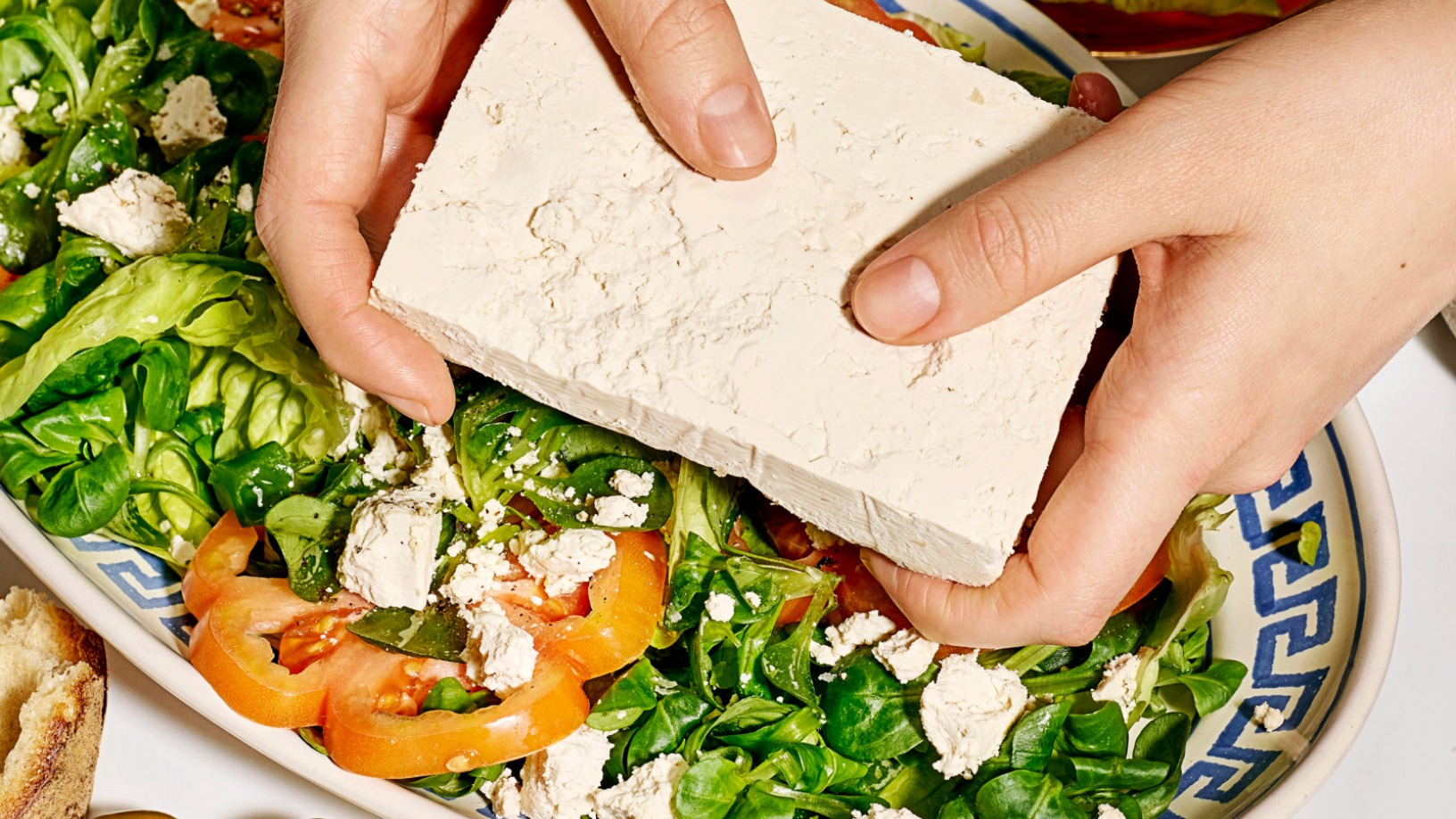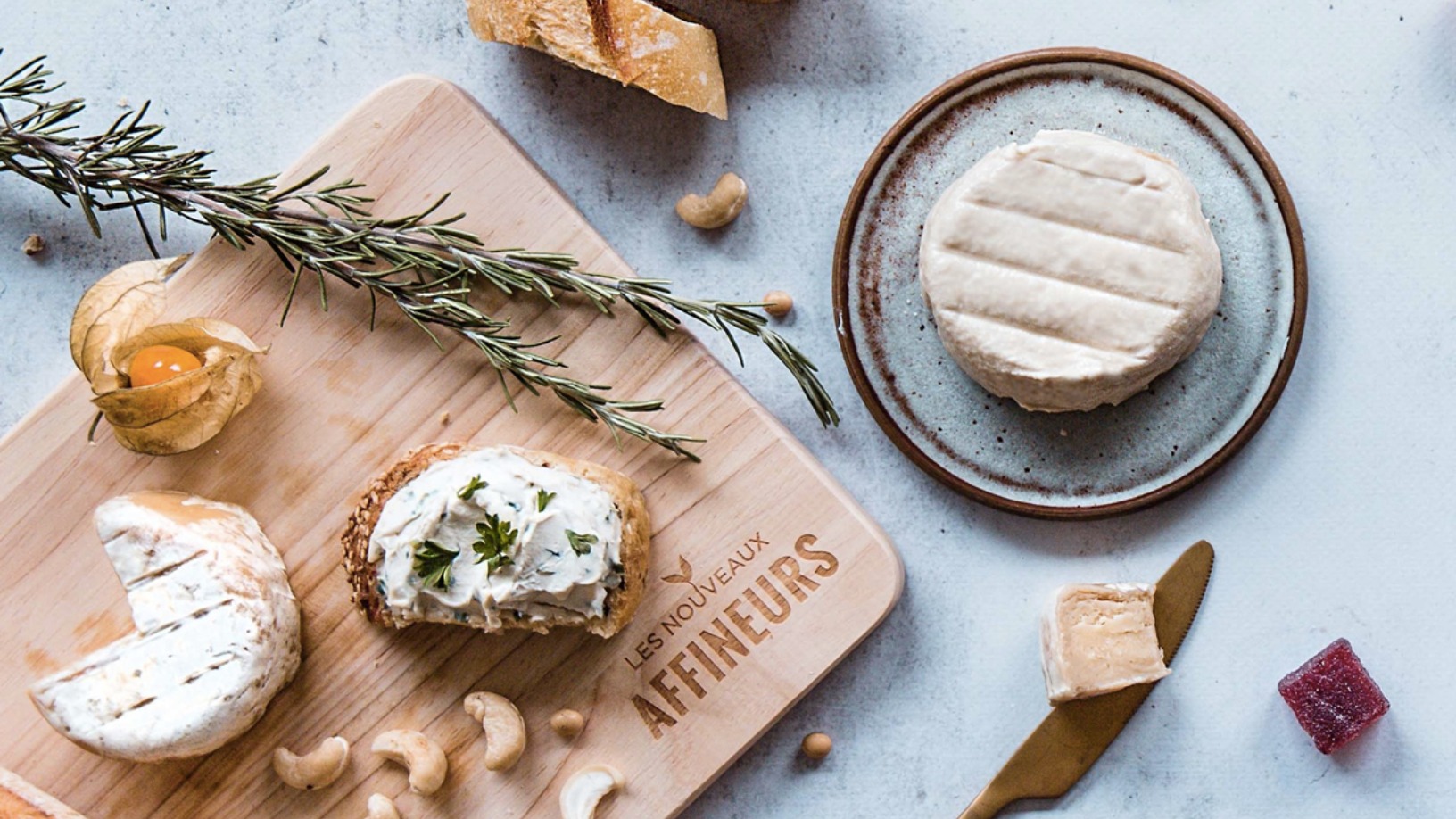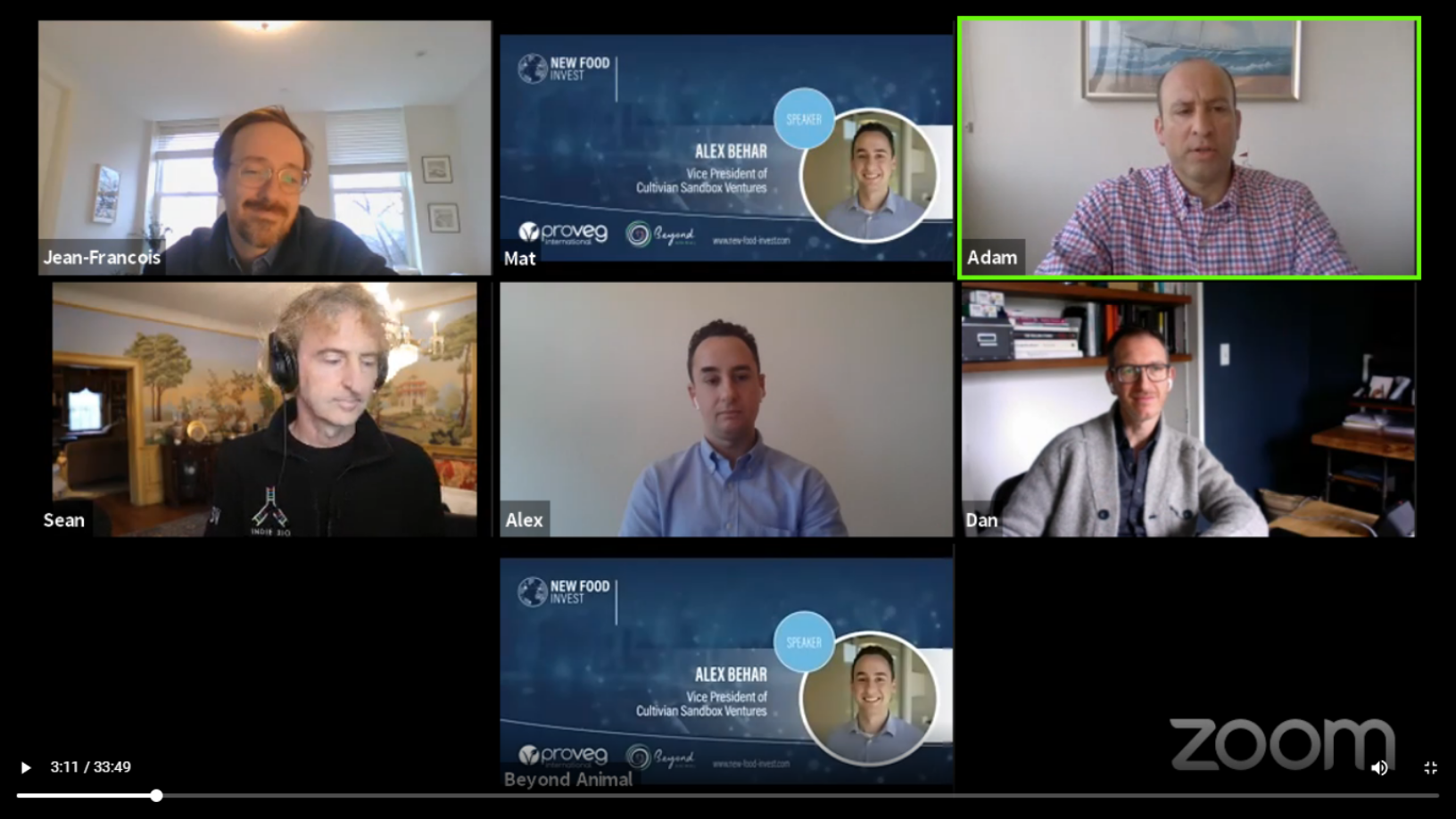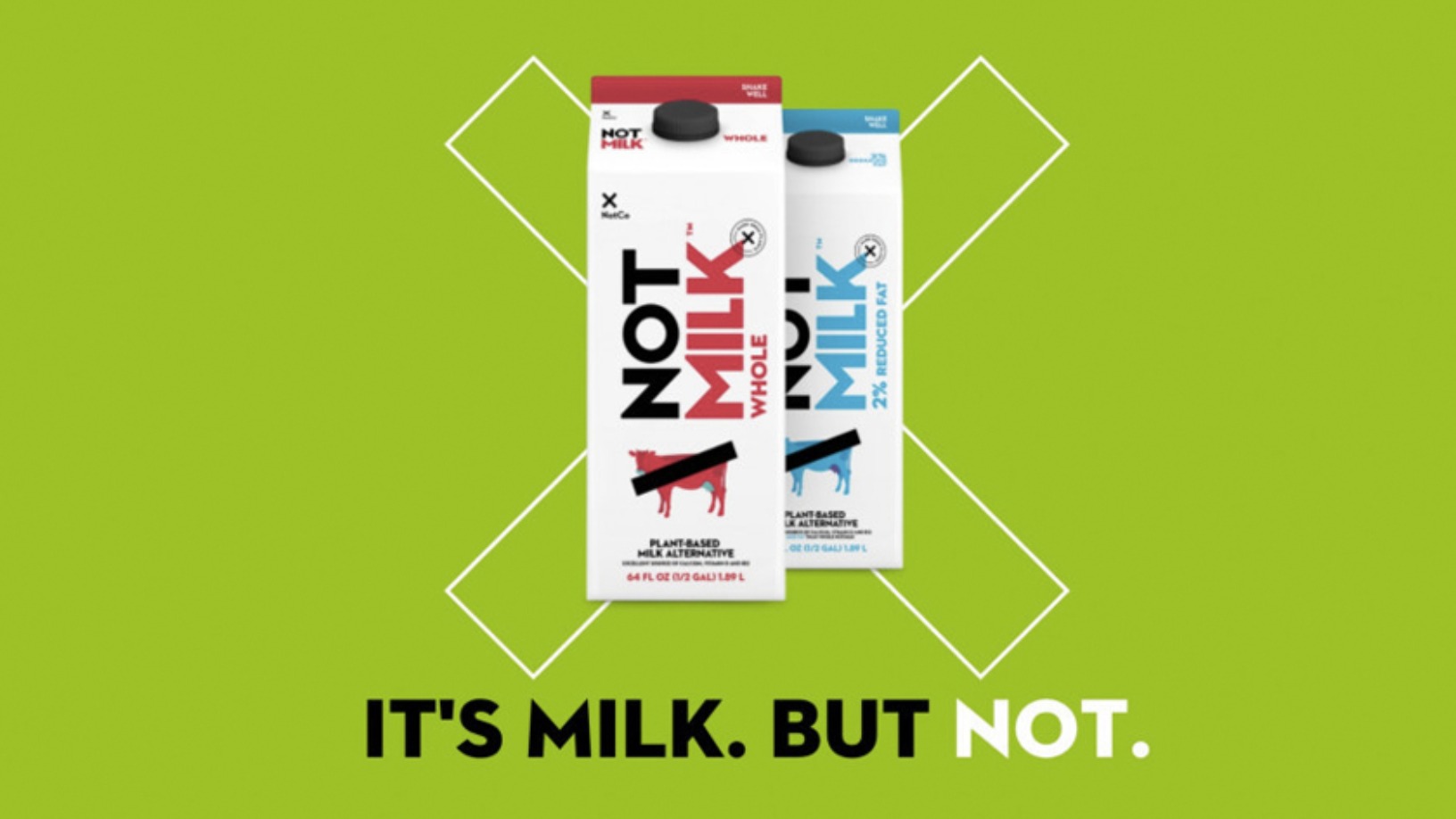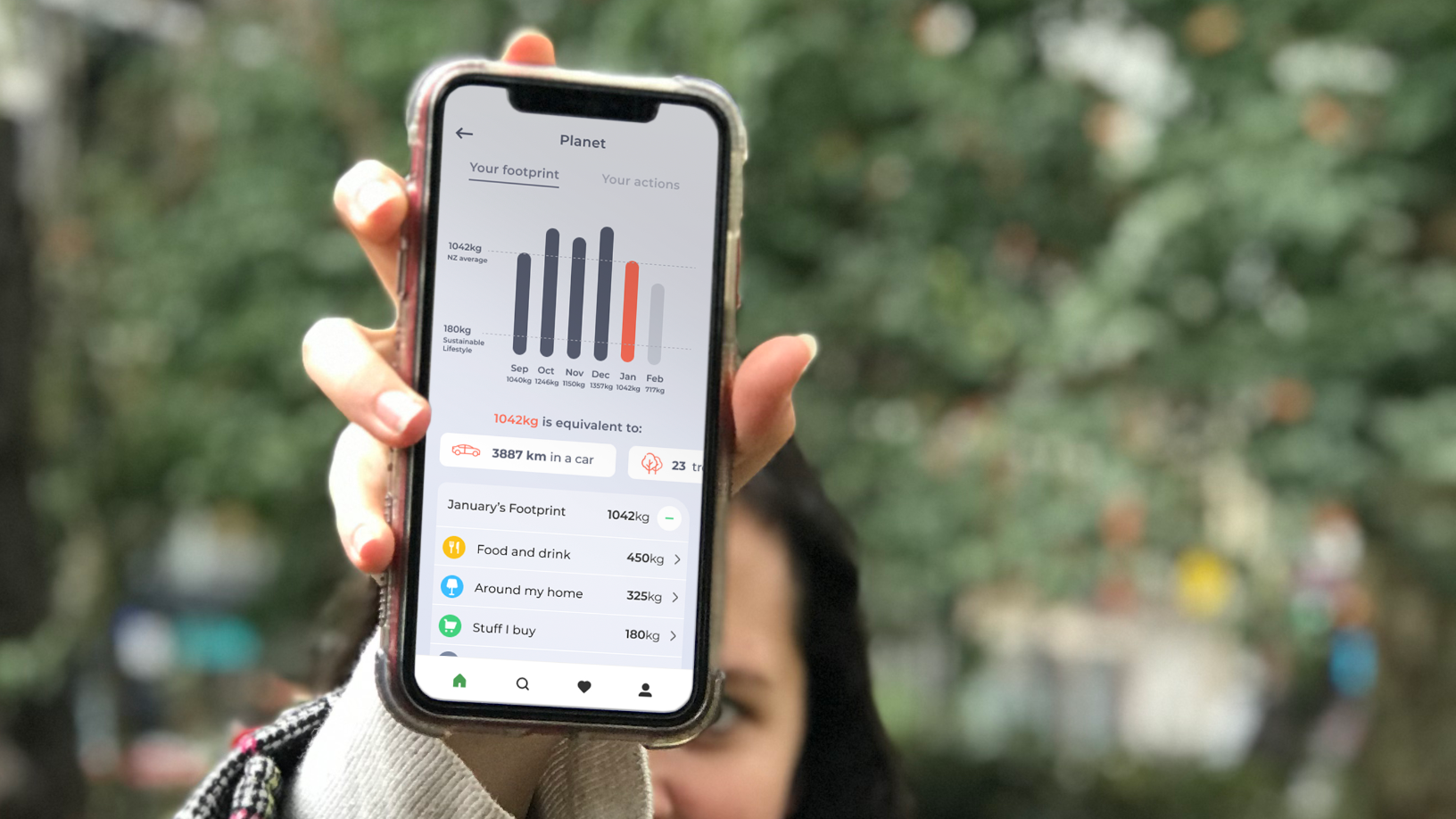As foodtech investors increasingly bank on alt-cheese startups, early this month in Sweden, Stockeld Dreamery, which uses fermentation technology and legumes to create a vegan cheese that strongly resembles feta, raised €16.5m in Series A funding. Over a week later, Berlin-based Formo raised $50m for its lab-grown mozzarella.
Stockeld’s Series A round, led by Eric Archambeau’s impact fund Astanor Ventures and Northzone, was also joined by a new group of investors such as the French asset manager Eurazeo, Swedish VCs Gullspang and Norrsken, and Trellis Road, a newly launched early-stage impact fund focused on foodtech startups.
Armed with this new capital, Stockeld is looking to scale production volume while bringing new products to market. Dubbed the Chunk, its feta has been enthusiastically adopted by chefs at five popular Swedish restaurants and one gourmet store.
“Plant-based cheese, in general, has a very small market share, whereas the cheese market is worth maybe $100bn globally," the startup’s Head of Strategy and Business Development Daniel Skaven Ruben told CompassList. "This is because companies haven't been able to meet the expectations of consumers.”
Based in Stockholm on the campus of leading medical university the Karolinska Institute, Stockeld Dreamery was started in early 2019 by Sorosh Tavakoli, who co-founded and headed online video ads platform Videoplaza before it got acquired, and food scientist Anja Leissner.
Besides Astanor Ventures and Northzone, the startup also counts among its investors Spotify’s early backer Creandum, and key players in the food-tech space such as the Swedish plant-based food companies Kale United and Purple Orange Ventures, whose investment portfolio includes Wild Earth and Mission Barn.
In an interview with CompassList, Skaven Ruben, a former Rockefeller Foundation Food Initiative advisor who also previously worked at the World Bank and the Ministry of Foreign Affairs of Denmark, explained how Stockeld’s team is trying to raise the bar for plant-based cheese while achieving price-parity with conventional options.
The following Q&A has been edited for length and clarity.
How did Stockeld Dreamery’s journey begin? When did you join the company, and why alt-cheese?
Anja [Leissner] is a food scientist and biotechnologist by training. She has worked for large dairy companies and AAK [a supplier of plant-based oils and fats for the food manufacturing and baking industries]. However, she always had the desire to have an impact, making the world a better place.
Sorosh [Tavakoli], on the other hand, has a background in technology. He co-founded and ran a company called Videoplaza, which was sold in 2015 for €75m. He knew that the next venture he wanted to build would have to make an impact. He got interested in the food space and so he started investigating work with algae and duckweed, another sort of algae protein.
Three years ago, he decided to do something in the plant-based cheese sector. Not being a food scientist, he started an open call looking for a business partner and that’s how he met Anya.
In my case, I got to know Sorosh when we both moved back home from the US in 2017. For the past seven years, I have worked as a consultant on food and agriculture. I’ve advised Sorosh and Anja since the very beginning but I officially joined the company in April this year when they started scaling up their staff.
To give you an idea, there were four people in the company in August 2020 and now we're 25. I believe we'll be probably closer to 50 a year from now.
How did they manage to research, test, and launch the first product in less than a year? Did you receive any support from accelerators or research centers locally?
We did not join any incubators or accelerators. Finding lab space was really hard because there are very few food companies in Stockholm. We were actually based in the old R&D labs of AstraZeneca. Nine months ago, we moved to a co-working space for biotech companies in food and health at the Karolinska Institute.
Initially, we had only two food scientists working on the first products, which they managed to bring to a level we were very happy with and ready to launch. For several years, we spoke with more than 40 chefs, having them taste it, smell it, check texture and nutrition. They’d been very critical until this spring when their body language changed and they wanted to try it in their restaurants
We worked with a lot of regular chefs, but also with some famous ones such as David Zilber, who used to run the fermentation lab of Noma restaurant in Copenhagen – voted one of the best restaurants in the world. Our product is made with fermented fava beans and yellow peas, so obviously his expertise was crucial.
What type of fermentation do you use? Where do you source your ingredients?
We love cheese – there are no vegans in our company – but we don't like how cheese is currently being produced. Cheese has one of the biggest environmental impact on food production as it is resource-intensive in terms of land use, freshwater use, biodiversity loss and greenhouse gas emissions. We wanted to produce a cheese that everyone would love without using conventional dairy, which left us exploring plants.
There are different approaches to plant-based cheese. Some companies use starches and coconut oil, which are cheap but result in a bad taste and poor nutrition. Other companies use cashew nuts, which are expensive and not scalable – not the approach we wanted to take.
You can also grow the casein protein in a bioreactor, as Formo in Germany does, but it's not easy what they're setting out to do. It will take a lot of work and there will be challenges on the regulatory side, as precision fermentation in Europe will require significant approvals.
We thought of using conventional fermentation, similar to how some conventional cheeses are made, providing unique characteristics in terms of color, taste, texture, and scent. We source our legumes from Europe and North America. Our cheese is being produced locally in a regular creamery that also makes conventional milk-based cheese and yogurts.
What’s the retail price of the Chunk? Where is it sold?
We are currently selling it in a few premium restaurants and cafes in Stockholm: Kale & Crave, Pom & Flora, Fafell, BAK Balkery, and a cheese store considered the best in Sweden.
There, we sell it for 35 Swedish krona ($1=8.65 SEK, or about €3.50) for a 150-gram pack. It's priced approximately 50% higher than conventional feta cheese, which you can get for maybe €2. Our goal is to achieve price parity with conventional cheese.
What’s your current production volume? How much are you looking to scale this?
We've been very restrictive in selling because we need to have large volumes to sell across retail outlets. Our production volumes are still fairly modest – in the tons but not in the hundreds of tons. It's a very small volume, as we don't need that much for five restaurants.
We're planning large-scale production, as we’ll be opening our own pilot production facility outside Stockholm next year. We’ll work with a production partner up to a certain level, but then, either we’ll have to build our own factory or go somewhere else in Sweden or in Europe to work with third-party manufacturers. We're still exploring.
What products do you have in the pipeline?
Some of the products are melting cheese and cream cheese. These will be launched within the next 12 months and are more suitable for retail, but it will depend on production capacity.
How much have you generated in revenue to date? What about this year and the next?
It’s obviously very modest because we’ve just started and revenue comes from just five restaurants and one retailer, but we see huge potential. In the US for example, plant-based milk has about a 15% market share, meaning that one in six cartons of milk sold is plant-based, whereas cheese is probably less than 1%.
Next year will be better but still small. If we want to make an impact, we have to expand to those markets with a lot of cheese consumption, essentially Europe and North America. There, about 50% of all raw milk produced goes to cheese. In terms of greenhouse gas emissions, it’s maybe on par with aviation or shipping so we definitely feel a sense of urgency to go there.
